Its hard to decide which is the most interesting feature of this fern. First of all, it is a hemiepipyte. Spores germinate and produce gametophytes on tree trunks within a few meters of the ground. Young sporophytes develop and produce a heteroblastic series of leaves ranging from simple to deeply bipinnatifid as they grow in size. The variation is dramatic and unusual since most of Asplenium species that have simple and entire mature leaves also have simple and entire juvenile leaves. The young plants send long “feeder” roots down to the soil where they gather nutrients. Once these roots make contact with the soil, the sporophytes begin to produce long-creeping rhizomes that cling to the host tree via “clasping roots”. Around this time, they begin to develop leaves that are less dissected. Phyllotaxis is clearly distichous. Mature sporophytes have simple, entire leaves. I suspect that the divided leaves of the juvenile plants and the simple leaves of the mature plants have different physiological traits, but this has not been investigated. The fertile leaves are also unusual for Asplenium because they have sori with pairs of indusia that open to face each other. Asplenium scolopendropsis F. Muell. is the best name that I have been able to find for this taxon however I have not seen the type. There are a number of simple entire leaved Asplenium species from Malesia and taxonomic revision is necessary to clarify the nomenclature. If you are familiar with this group of Asplenium and have insight into the application of names, please let me know.
- Sporoling with simple leaf
- Sporoling with divided leaves
- sporoling with divided leaves
- Young sporophyte with bipinnatifid leaves
- Young sporophyte climbing up tree
- Bipipinnatifid leaves
- Simple and pinnatifid leaves
- Damaged rhizome branches
- Damaged rhizome branches
- Transition leaves
- Simple and pinnatifid leaves
- Distichous phyllotaxis
- Mature sporophtye climbing on small tree
- Distichous phyllotaxis
- Distichous phyllotaxis. Leaves retain lobing at base
- Branched rhizome
- Distichous phyllotaxis
- Plants establishing at the base of trees
- Transition leaves
- Transition leaves
- Mature sporophytes
- Mature sterile leaf
- Fertile leaf with sori
- Fertile leaf with sori
- Mature sterile leaf

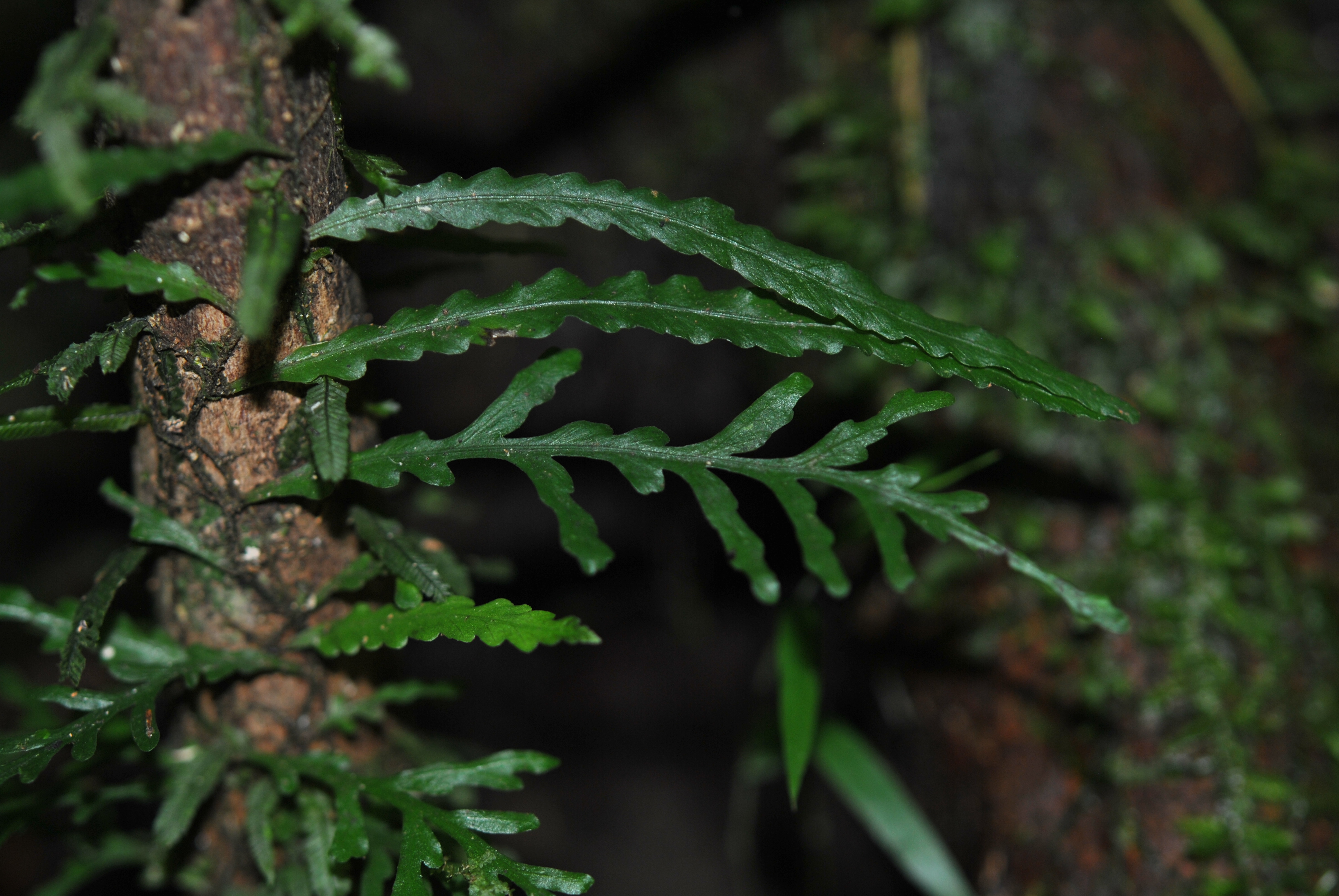
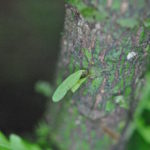
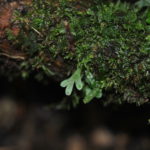
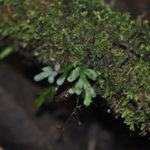
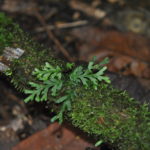
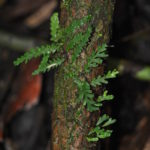
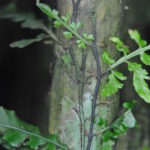
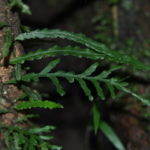
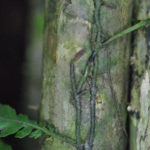
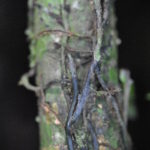
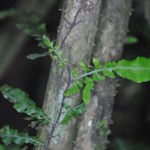
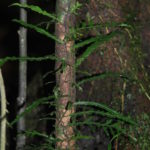
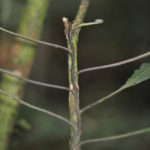

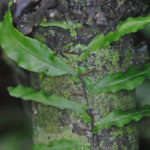
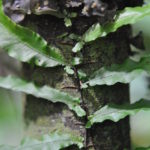
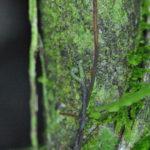
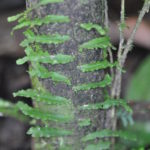
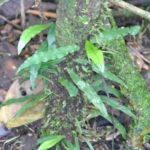
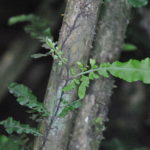
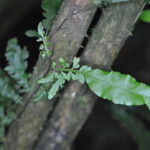
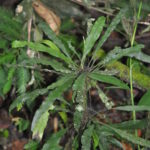
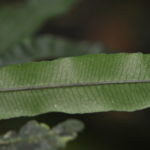
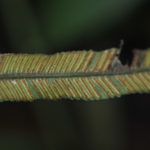
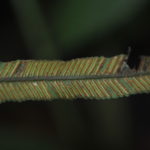
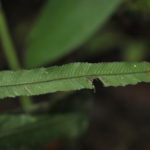
0 Comments